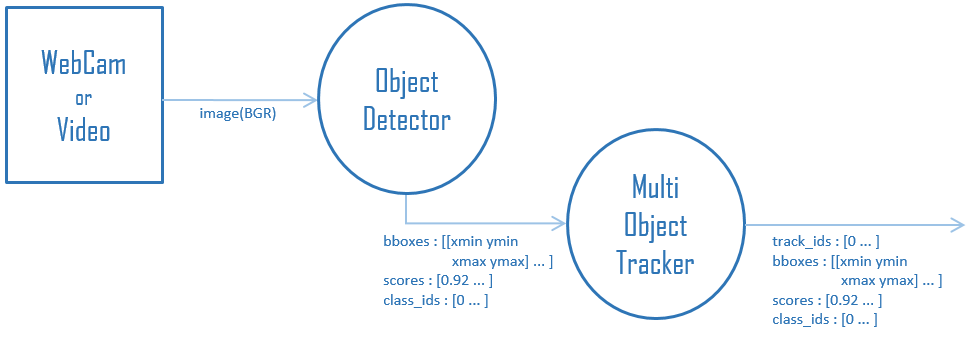Sound Event Detection with FilterAugment
Official implementation of
-
Heavily Augmented Sound Event Detection utilizing Weak Predictions (DCASE2021 Challenge Task 4 technical report)
by Hyeonuk Nam, Byeong-Yun Ko, Gyeong-Tae Lee, Seong-Hu Kim, Won-Ho Jung, Sang-Min Choi, Yong-Hwa Park
- arXiv version has updates on some minor errors -
FilterAugment: An Acoustic Environmental Data Augmentation Method (Submitted to ICASSP 2022)
by Hyeonuk Nam, Seong-Hu Kim, Yong-Hwa Park
- Implementation for 2nd paper that includes updated version of FilterAugment is incomplete for now. It will be updated soon!
Ranked on [3rd place] in IEEE DCASE 2021 Task 4.
FilterAugment
Filter Augment is an audio data augmentation method newly proposed on the above papers for training acoustic models in audio/speech tasks. It applies random weights on randomly selected frequency bands. For more details, refer to the papers mentioned above.

- This example shows two types of FilterAugment applied on log mel spectrogram of a 10-second audio clip. (a) shows original log mel spectrogram, (b) shows log mel spectrogram applied by step type FilterAugment (c) shows log mel spectrogram applied by linear type Filter Augment.
- Applied filters are shown below. Filter (d) is applied on (a) to result in (b), and filter (e) is applied on (a) to result in (c)
- Step type FilterAugment shows several frequency bands that are uniformly increased or decreased in amplitude, while linear type FilterAugment shows continous filter that shows certain peaks and dips.
- On our participation on DCASE2021 challenge task 4, we used prototype FilterAugment which is step type FilterAugment without hyperparameter minimum bandwith. The code for this prototype is defiend as "filt_aug_dcase" at utils/data_aug.py @ line 107
- Code for updated FilterAugment including step and linear type for ICASSP submission is defiend as "filt_aug_icassp" at utils/data_aug.py @ line 126
Requirements
Python version of 3.7.10 is used with following libraries
- pytorch==1.8.0
- pytorch-lightning==1.2.4
- pytorchaudio==0.8.0
- scipy==1.4.1
- pandas==1.1.3
- numpy==1.19.2
other requrements in requirements.txt
Datasets
You can download datasets by reffering to DCASE 2021 Task 4 description page or DCASE 2021 Task 4 baseline. Then, set the dataset directories in config yaml files accordingly. You need DESED real datasets (weak/unlabeled in domain/validation/public eval) and DESED synthetic datasets (train/validation).
Training
You can train and save model in exps folder by running:
python main.py
model settings:
There are 5 configuration files in this repo. Default setting is (ICASSP setting)(./configs/config_icassp.yaml), the optimal linear type FilterAugment described in paper submitted to ICASSP. There are 4 other model settings in DCASE tech report. To train for model 1, 2, 3 or 4 from the DCASE tech report or ICASSP setting, you can run the following code instead.
# for example, to train model 3:
python main.py --confing model3
Results of DCASE settings (model 1~4) on DESED Real Validation dataset:
| Model | PSDS-scenario1 | PSDS-scenario2 | Collar-based F1 |
|---|---|---|---|
| 1 | 0.408 | 0.628 | 49.0% |
| 2 | 0.414 | 0.608 | 49.2% |
| 3 | 0.381 | 0.660 | 31.8% |
| 4 | 0.052 | 0.783 | 19.8% |
- these results are based on train models with single run for each setting
Results of ICASSP settings on DESED Real Validation dataset:
| Methods | PSDS-scenario1 | PSDS-scenario2 | Collar-based F1 | Intersection-based F1 |
|---|---|---|---|---|
| w/o FiltAug | 0.387 | 0.598 | 47.7% | 70.8% |
| step FiltAug | 0.412 | 0.634 | 47.4% | 71.2% |
| linear FiltAug | 0.413 | 0.636 | 49.0% | 73.5% |
- These results are based on max values of each metric for 3 separate runs on each setting (refer to paper for details).
Reference
Citation & Contact
If this repository helped your works, please cite papers below!
@techreport{Nam2021,
Author = "Nam, Hyeonuk and Ko, Byeong-Yun and Lee, Gyeong-Tae and Kim, Seong-Hu and Jung, Won-Ho and Choi, Sang-Min and Park, Yong-Hwa",
title = "Heavily Augmented Sound Event Detection utilizing Weak Predictions",
institution = "DCASE2021 Challenge",
year = "2021",
month = "June",
}
@article{nam2021filteraugment,
title={FilterAugment: An Acoustic Environmental Data Augmentation Method},
author={Hyeonuk Nam and Seoung-Hu Kim and Yong-Hwa Park},
journal={arXiv preprint arXiv:2107.13260},
year={2021}
}
Please contact Hyeonuk Nam at [email protected] for any query.





